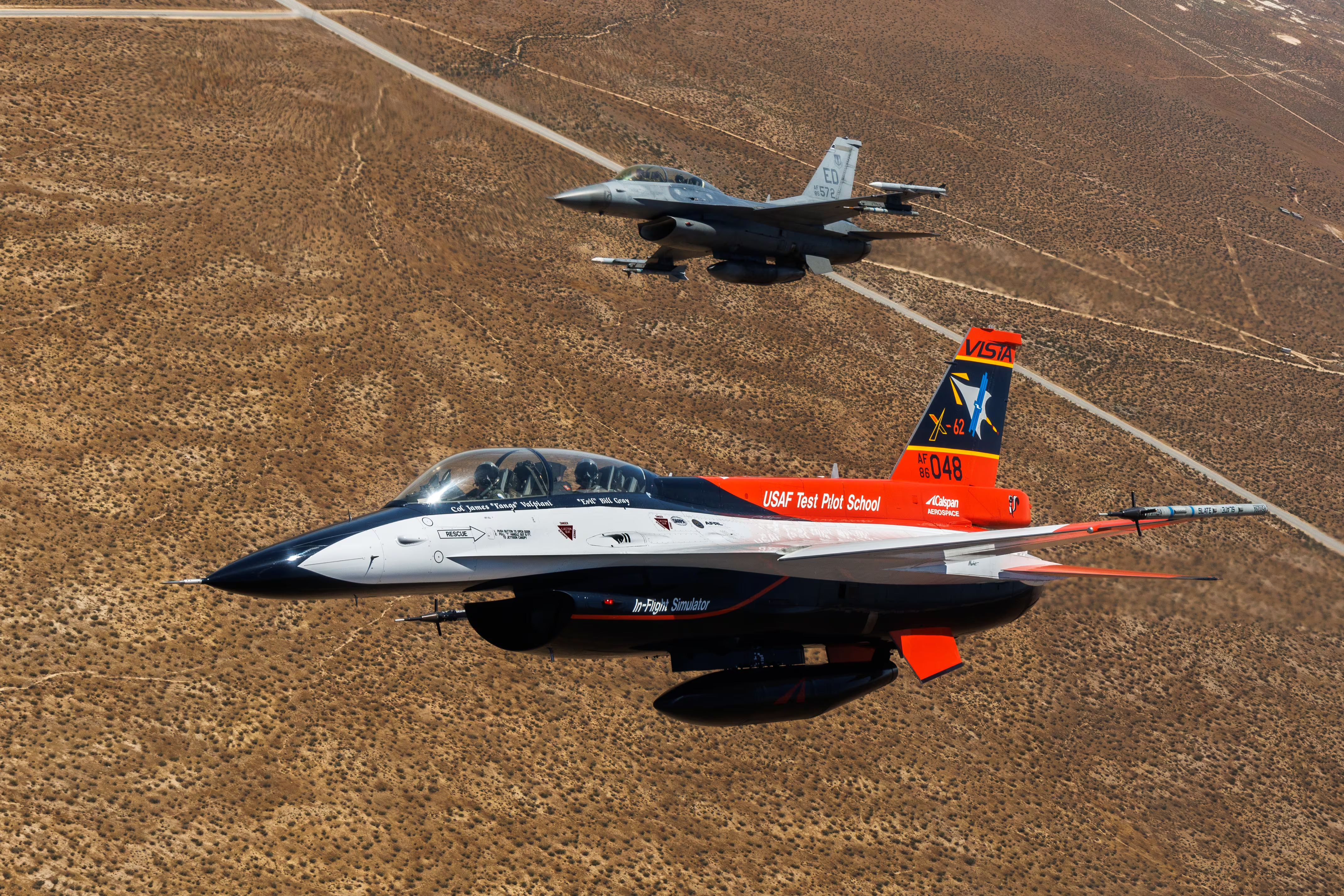The Space Force said it will establish a Space Futures Command to develop and validate forward-looking concepts and emerging missions for the service.
Chief of Space Operations Gen. Chance Saltzman announced the creation of the command Feb. 12 as part of organizational changes meant to position the Air Force and Space Force to better deter and counter threats from China. The Army has had a futures command to run modernization efforts since 2018.
“We’ve focused on some of the systems, we’ve focused on maybe a resilient architecture and the kinds of systems we thought were going to be necessary for space superiority, but . . . we didn’t really have the mechanisms to evaluate all the other components that have to be in place,” Saltzman said during a speech at the Air Warfare Symposium in Denver. “That is what a futures command can provide for you.”
Saltzman did not discuss details on specific concepts the command will explore, but said that as the Space Force matures, it needs to have a more robust approach to considering not just what satellites and ground systems it needs to develop but what supporting structures it will need to maintain those capabilities.
That includes things like the military construction, classified facilities, training and operational units that are needed to support a new mission. The command will also help the service prioritize which missions it needs to pursue due to growing threats or emerging technologies.
To that end, Space Futures Command will focus on three primary functions, which will be organized into centers. The Concepts and Technology Center will analyze the threat environment and consider what capabilities and forces the service needs to respond to those threats. A Wargaming Center will evaluate potential technologies through tabletop exercises and learning campaigns.
The third hub, the Space Warfighting Analysis Center, already exists within the Space Force and is focused on developing models for how the service can apply those capabilities in a future warfighting environment.
“We’re going to take all those together and that’s going to inform our objective force, the force design, what is it that the Space Force is going to need now in the near term and in the long term to maintain competitive endurance,” Saltzman said.
Speaking with reporters at the conference on Feb. 13, Saltzman said he expects the command will initially establish a small team to conduct early analysis on how it should be structured and where personnel can be drawn from other parts of the Space Force.
“Some of those functions existed but in small pockets spread around,” he said. “And what we’re trying to do is, is congeal them into these three centers.”
That work will continue through this summer or fall, and by later this year, the service will likely start moving people into those positions. Saltzman said he hopes to have a headquarters leadership structure in place by next year, noting that it may take longer for the Space Force to identify a general officer to lead the command.
Courtney Albon is C4ISRNET’s space and emerging technology reporter. She has covered the U.S. military since 2012, with a focus on the Air Force and Space Force. She has reported on some of the Defense Department’s most significant acquisition, budget and policy challenges.








